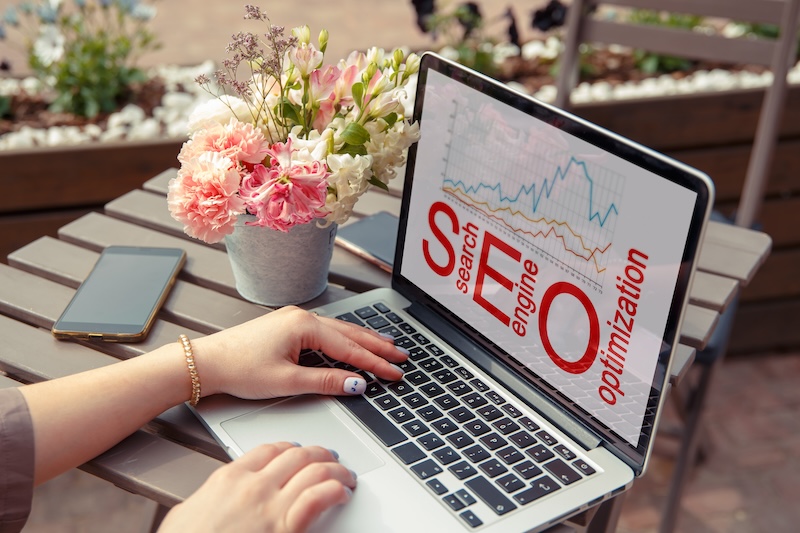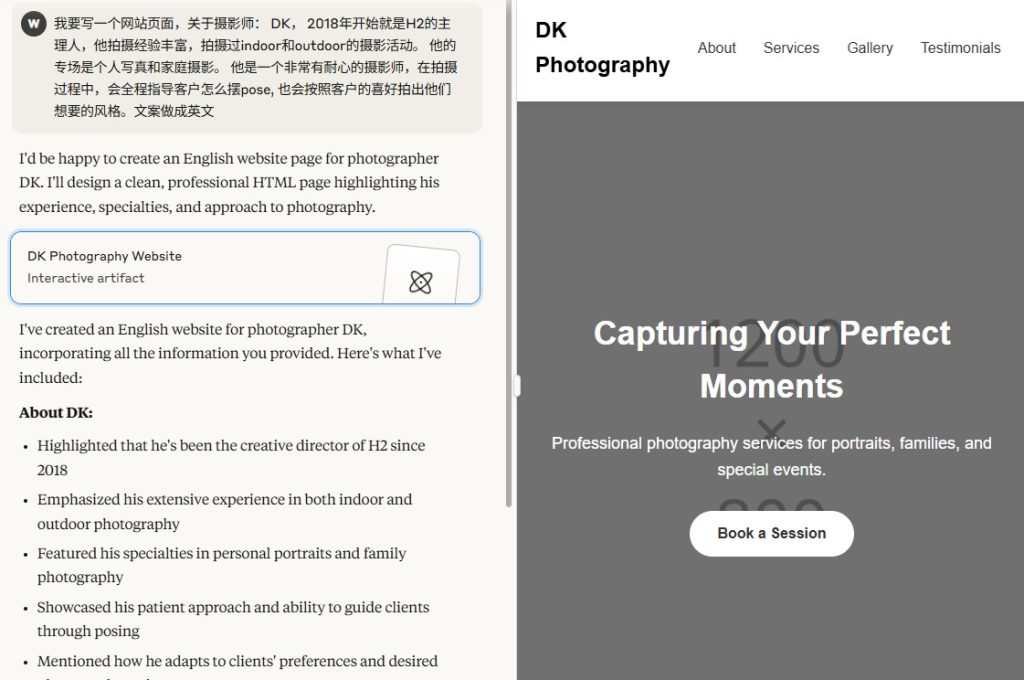Social media networks have become quite popular today, and they are increasingly used by almost everyone these days for informally sharing information. The primary purpose of social media is to bring together people with common interests on the same platform to share their thoughts and ideas for effective communication. Millions of photos and personal information is shared via social media platforms such as Facebook, Instagram, which can pose a security threat if they fall into the wrong hands as it can be misused.
- Need for Social Media Security:
Social media is used as a personal communication tool, and hence security is often overlooked as it is not treated as a business platform. Risk monitoring, the safety of employees, and their awareness is rarely taken into consideration. However, businesses who have their presence across social media need to be vigilant about increasing attacks by hackers and take appropriate measures to safeguard their critical information.
It may be quite challenging to manage social media security issues for companies due to a lack of awareness among employees. Besides, the lack of corporate security policies with the absence of governance are some of the key reasons why social media security is compromised in most enterprises. Moreover, there is no control of data access by business owners on social media platforms to assess the threat of cybercrime activities.
There are billions of people using social media channels with trusted connections, and there is less visibility of crimes that may take place on this medium. If companies follow the best practices of social media, monitor the associated risks of social media, they can keep their data safe and secure in a protected environment.
Social Media Security Tips to Follow to Reduce Security Risks
- Create Strong Passwords:
Password managers can be the best defense for providing superior protection to social media platforms as they allow you to create a random string of characters that may be difficult to remember. In addition, the managers store them in a secure account, which may be easily retrieved. Make sure to never use the same passwords for all the accounts due to security risks as hackers might steal them.
- Use Robust Social Media Policies:
It’s necessary to have clear social media policies and procedures in place to protect your information online. Make sure to discuss them with all the concerned parties, including executives, legal, security, IT, and compliance. Use definite do’s and don’ts on different social media channels for better employee welfare and engagement. It’s necessary to have clear guidelines for creating a secure and robust password.
Provide training to employees on avoiding spam and phishing attacks and sharing approved content. They need to have policies about avoiding social media channels using default privacy and security settings.
- Use Secure and Robust Technology:
It’s essential to use the best and latest security software that can check for viruses, malware, worms, and other cybersecurity-related risks. For login information, use passwords that are more complex and difficult to guess for improving the security of your social media sites. Make sure that all your communication may be easily tracked, archived for compliance, and secured using a single social media management platform.
Besides, security apps and software on your mobile must be able to track suspicious content or links while using social media platforms.
- Monitor Security Risks on Social Media Accounts:
You need to keep a close watch on fraudulent accounts, phishing scams by using some of the latest digital monitoring solutions to help in mitigating the risk of malicious content. Check all your connections across social media channels as the greater the number of relationships you have, the higher the risk of security threat to your accounts. Sometimes, your friends might be unaware and share content that could contain malicious links and threaten the security of your accounts. It’s always a good practice to update your security settings on social media accounts to reduce the associated risks.
- Secure Your Social Media Accounts:
If you aren’t using some of the social media accounts, make sure to close them as the data may be compromised, and hackers might use this to access your other vital social media accounts. Find out if any of your apps are linked to social media such as Facebook or Google, which may be used to sign in for other applications. Use two-factor authentication for all your social media accounts to prevent unauthorized access by intruders.
- Use SSL Certificates for Better Security:
SSL encryption helps to secure communication between the web server and the browser to transmit information safely across to the intended recipient. Different business requires a different SSL certificate, for example, if you wish to secure multiple wildcard domains and their subdomains, then you can go with Multi-domain Wildcard SSL certificates. The certificate allows unlimited subdomains protection of SAN wildcard domains with strong encryption. Moreover, you can install it on multiple servers without spending extra cost. It is wise to have an SSL certificate for better security of your website to save against prying eyes and provides utmost trust to your customers.
- Have Regular Security Audits on Accounts:
It’s essential to perform security audits regularly on your social media accounts to check if there have been any security updates with recent changes in the security settings. Find out if users need to have their account access removed or granted, which can affect your account security.
- Secure All Your Devices:
It would help if you used anti-virus software to scan the applications which may be downloaded for malware to hijack social media accounts. Also, employees must use a firewall or VPN while accessing wi-fi and mobile to protect themselves against hacking attempts. The data on the phones must be encrypted if the device is stolen as the information may be tampered or misused by hackers. Choose secure and unique passwords that are safe and encrypted to prevent unauthorized access by users.
Conclusion:
Staying safe and secure by using the right privacy settings can go a long way to ensure the protection of your social media accounts. By employing some of the security tips which we’ve discussed above, you can ensure a safe and secure online experience for your users and provide greater security of your data.








